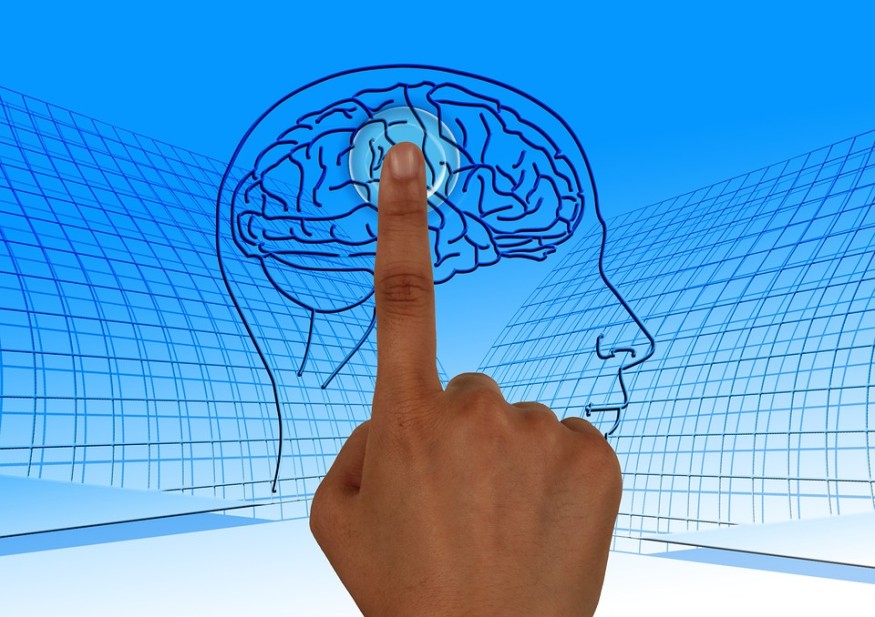
Technology allowing our thoughts and feelings to be translated into a digital form - and shared - is now a reality. At this year's Consumer Electronics Show, wearable gadgets that can read your mind stole the spotlight.
With new products made available on display at CES 2020 in Las Vegas, tech devices that use brain waves to improve sleep, anxiety, and concentration -- and even control prosthetic hands -- may finally be made effective.
Companies are focusing on the "Brain-Computer Interface" with devices that can record brain signals from sensors on the scalp (or even devices implanted within the brain) and translate them into digital signals. They allow us to connect our minds to computers for some limited purposes, and big tech companies including Facebook and many startups want to make this technology commonplace.
If you are terrified by the prospect of technology recording - and broadcasting - your opinions of the boss, your secret fears, or anything else - relax.
The data BCIs can gather is more based around measuring the physical movements people want to make or their emotional state.
It can be recalled that last year, Tesla founder Elon Musk's company Neuralink announced that human trials will move forward next year for an implantable device that can read a user's mind.
Also, scientists at the University of California, San Francisco (UCSF) released the results of a brain activity study, backed by Facebook, that shows it is possible to use brain-wave technology to decode speech.
Brain tech holds great potential for helping us understand and control our minds from the comfort of our homes, but there is still plenty of room for improvement.
Mind-reading software is also wont to be of practical use in everyday business applications.
While the detection of brain-wave patterns has been made possible, the missing ingredient was the ability to interpret them.
The BCI industry is expected to reach $1.5 billion this year, with the technology used for everything from education and prosthetic to gaming and smart home control.
NextMind offers a headset that measures activity in your visual cortex with a sensor on the back of your head.
Facebook is funding research on brain-machine interfaces that can pick up thoughts directly from your neurons and translate them into words. The short-term goal is to help patients with paralysis, by decoding their brain signals and allowing them to "speak" their thoughts without ever having to move a muscle, considering in the US, 5.4 million people are diagnosed with paralysis.
As time goes by, as machine-learning algorithms become more sophisticated and BCI hardware becomes more capable, it may be possible to read thoughts with greater precision.
Two approaches to connecting up the human brain to external computing systems are invasive and non-invasive.
Also, last year, Nissan unveiled Brain-to-Vehicle technology that would allow vehicles to interpret signals from the driver's brain; and Nielsen is already using neuroscience to capture non-conscious aspects of consumer decision-making.
The reasons are both therapeutic and non-therapeutic why people are interested in trying to figure out how to decode the brain.
RELATED ARTICLE: Mind-Reading Robots Can Fix Its Own Mistakes With Your Brain Waves
© 2025 NatureWorldNews.com All rights reserved. Do not reproduce without permission.




